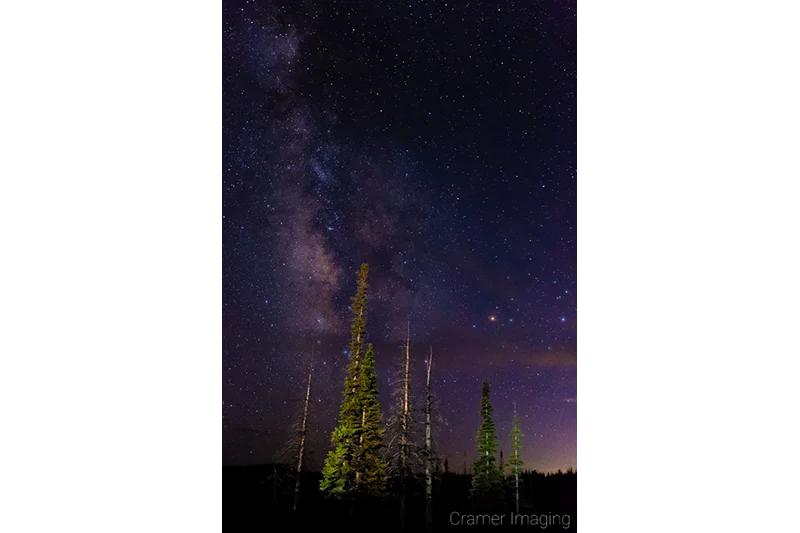
Recently, I had the chance to participate in an astrophotography workshop. I’m always looking to build on and improve my photography skills. Astrophotography is on my radar. I want to learn and improve there. After all, it fits in well with landscape photography. Since I walked away with some beautiful images, I thought I would share about my experience.
While I may be professional grade at my landscape photography, I’m still learning astrophotography. When a 2 day workshop for astrophotography popped up as an option at Cedar Breaks National Monument (hosted by the park), I made it happen. Cedar Breaks is close enough to warrant a night drive for a couple days to learn.
My instructor was retired Marine Corps Colonel Don Riddle. He teaches an introductory astrophotography course at more than one National Park Service site. Cedar Breaks is ideal as the air is dry (no condensation) and the site is high up in the mountains above the light and air pollution. He likes this location for those reasons.
He covered the basics for those who needed instruction. On that list was aperture settings, shutter speed settings, ISO settings, white balance settings, noise reduction settings, and lens choice (most importantly). After all, the Milky Way is faint. You need just the right combination of camera settings to properly capture it on metaphorical film. Sadly, there was a student with camera equipment which wasn’t up to the task. Thankfully, Don came prepared with a backup option for that student. So, everyone had a chance to shoot pictures of the night sky.
We shot from a couple different places, one each night. The trees made for an interesting foreground in silhouette. We even found multiple opportunities to use light painting with the foreground as there were several cars driving in and out during the workshop. If we timed things just right, we could expose properly the Milky Way while using the car headlights to illuminate the foreground. We could have it all in a single shot.
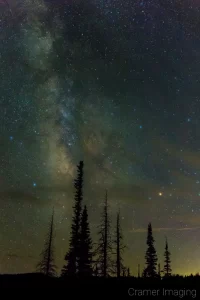
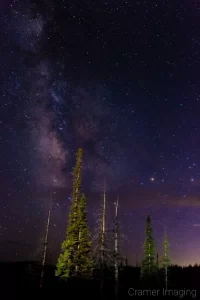
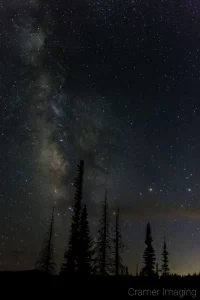
We did have some light pollution from nearby Cedar City, but that didn’t affect much in my opinion. However, you can see how things changed over the course of the late evening and night. The Milky Way stood taller and straighter as time passed. Also, the clouds moved and changed.
Each night was different as to when to take the best Milky Way shots. The first night required waiting until the workshop was almost over. The second night saw the best photos taken early. It all depends upon current weather and other meteorological conditions.
One thing which Don discussed with the group was about post-processing. Obviously, the Milky Way is the star (pun somewhat intended) of the show. We want it to stand out from the dark night sky and the rest of the stars. However, most people go for color shots. It feels obvious. Don suggested that we try turning our Milky Way photos monochrome. It’s a different take and is somewhat closer to what we actually see in the sky with our eyes. I gave it a try.
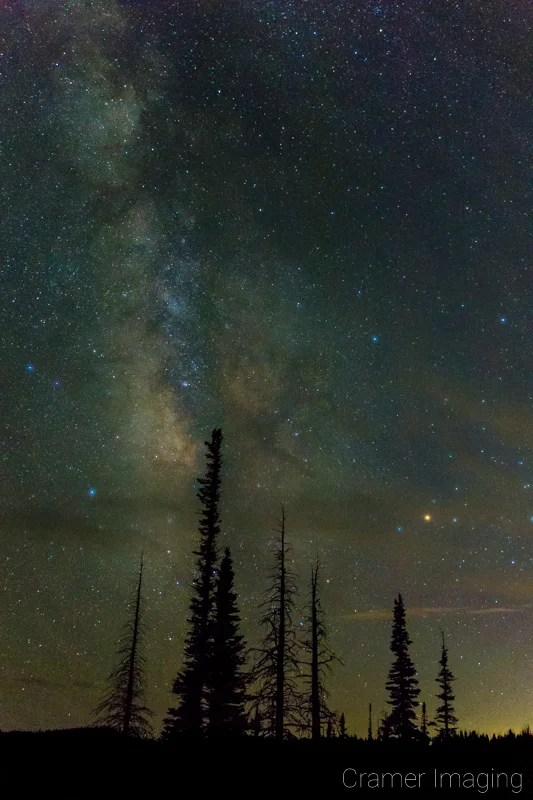
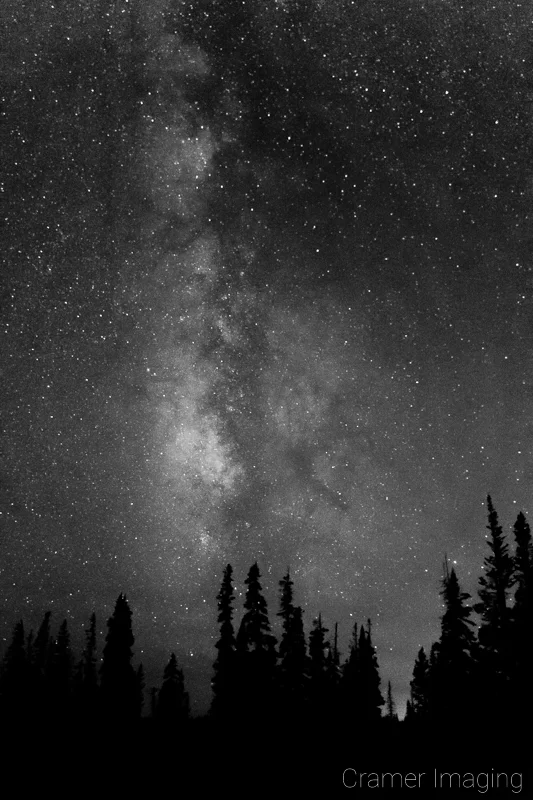
Overall, I think this was a successful astrophotography workshop for me. I managed to capture some beautiful and sharp images of the Milky Way to add to my portfolio. I also gained some knowledge and experience which I can use in my own photographic endeavors.
So, now I turn things over to you. What do you think of these new astrophotography photos I captured? Do you like the convenient light painting? Would you like to see more like these in the future (perhaps with a different foreground)? Please leave your thoughts in the comments section below.
Join our email-only photo of the week club to get the full stories behind how we captured our favorite fine art landscape photos.
We respect your privacy.


Receive monthly updates in your inbox from us.

Join our email-only photo of the week club to get the full stories behind how we captured our favorite fine art landscape photos.
We respect your privacy
No More Results